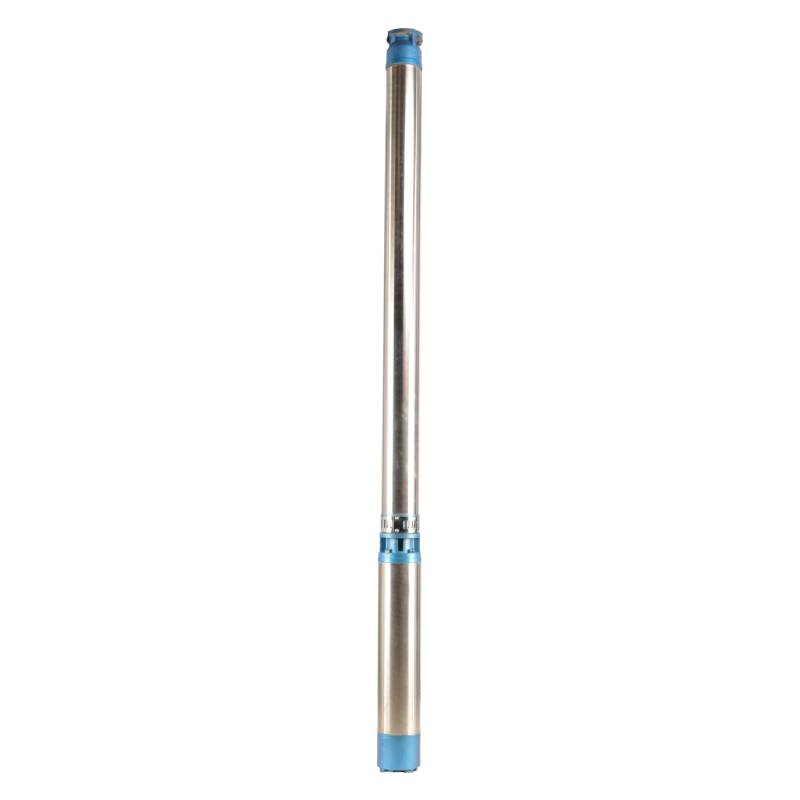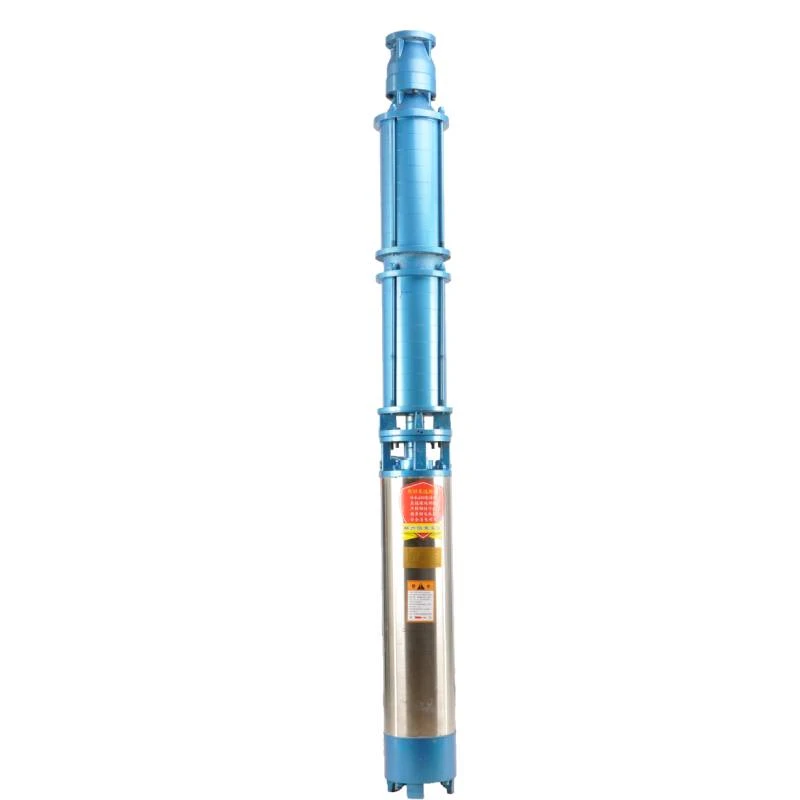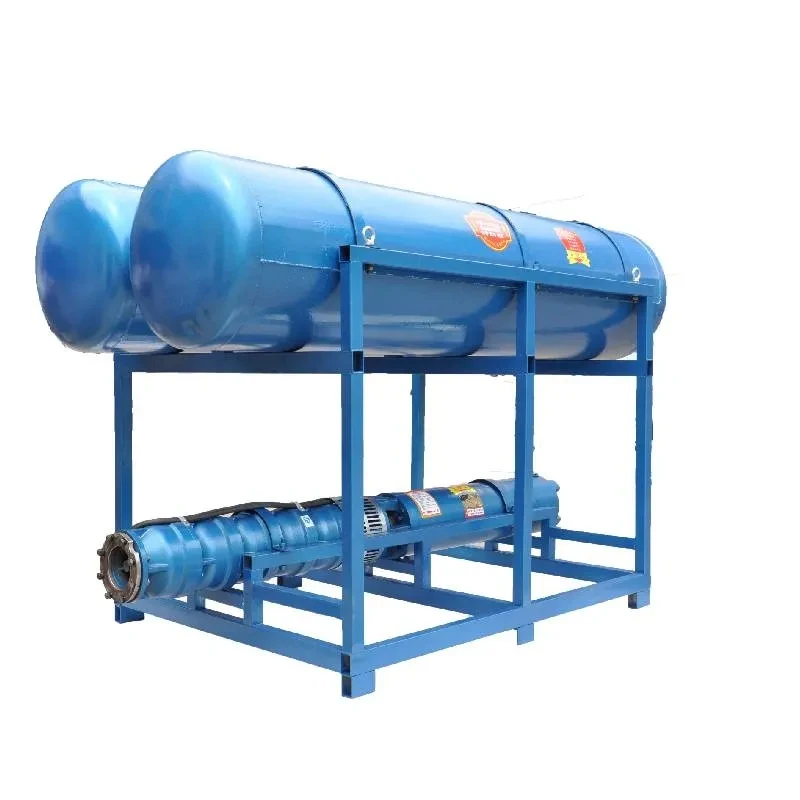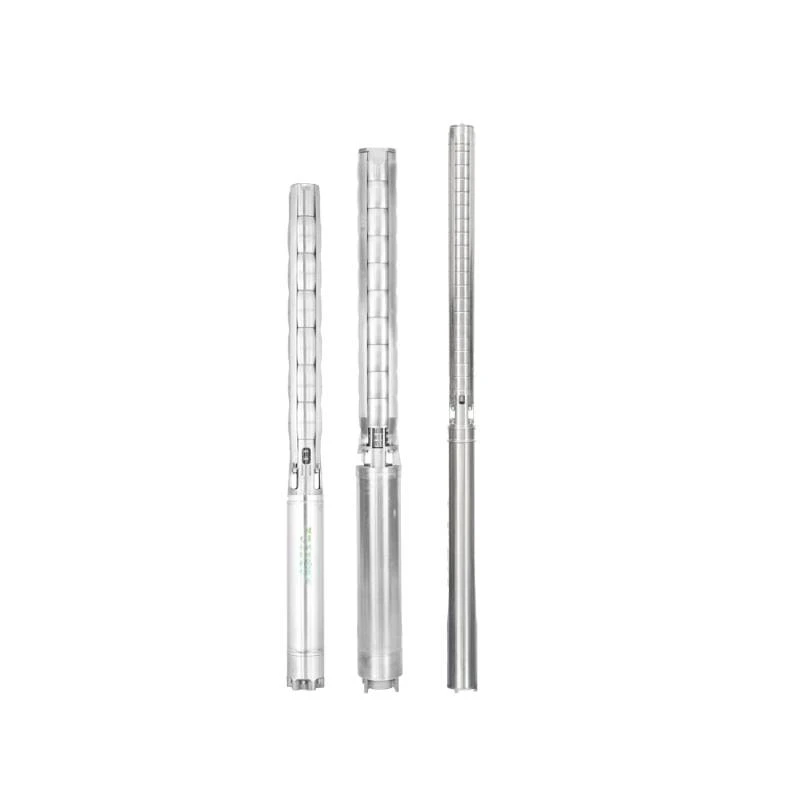Nov . 25, 2024 11:13 Back to list
what size of submersible pump do i need
How to Determine the Right Size of Submersible Pump for Your Needs
Selecting the right size of submersible pump is crucial for ensuring efficient operation and effective water management for various applications, including drainage, irrigation, and sewage pumping. With many options available, choosing the correct pump can be overwhelming. This article will guide you through the factors to consider when determining the size of the submersible pump you need.
Understanding Submersible Pumps
Submersible pumps are designed to be submerged in liquid and are primarily used for pumping water from wells, reservoirs, or any flooded area. They work by preventing cavitation—where bubbles form in the fluid—which could damage the pump. Submersible pumps are advantageous due to their high efficiency, ability to function in deep water, and reduced noise levels.
Key Factors to Consider
1. Flow Rate
The flow rate, usually measured in gallons per minute (GPM) or liters per second (LPS), indicates how much water the pump can move. Determine the specific requirements of your application by assessing the total volume of water you need to pump and the time frame within which you need it done. For instance, if you need to empty a swimming pool, calculate the pool's volume and establish a realistic completion time to select a pump with an appropriate flow rate.
2. Total Dynamic Head (TDH)
Total Dynamic Head is the total height that the pump must lift water, which includes both vertical lift and any friction losses in the pipe system. To calculate TDH, measure
- Vertical lift The distance from the water source to the discharge point. - Friction loss This involves accounting for the length and diameter of the discharge pipe, any bends or fittings, and the type of fluid being pumped. Use a friction loss chart or calculator to get an accurate estimate.
Ensure that the submersible pump's specifications match or exceed your required TDH; otherwise, it may not operate effectively
.what size of submersible pump do i need

3. Fluid Characteristics
The type of fluid you intend to pump plays a significant role in selecting a submersible pump. If you’re pumping clean water (freshwater applications), a standard pump will suffice. However, if your application involves handling wastewater, sewage, or other abrasive liquids, you will need a pump designed with the appropriate materials and features, such as stainless steel construction or specialized impellers.
4. Pump Power and Efficiency
The power of the pump is denoted in horsepower (HP) or kilowatts (kW). Generally, the larger the volume and height of the liquid being pumped, the more powerful the pump needs to be. However, choosing a pump that is too powerful for your needs can lead to inefficiencies and increased operational costs. Always select a pump that aligns with the expected load.
5. Check for Special Features
Some submersible pumps come with additional features that may suit your specific needs, such as built-in float switches for automatic operation, thermal overload protection, or specific designs for handling solids. Assess your requirements and opt for features that enhance performance and convenience.
6. Budget Considerations
Finally, consider your budget. While it may be tempting to go for the cheapest option, investing in a high-quality submersible pump can save money in the long run through lower maintenance costs and superior efficiency. Always factor in the total cost of ownership, which includes purchase price, installation, and operating costs.
Conclusion
Choosing the right size of a submersible pump is a multifaceted decision requiring careful consideration of flow rate, total dynamic head, fluid characteristics, power, pump efficiency, special features, and budget. By taking the time to analyze these factors, you will gain a better understanding of your specific needs and be well-prepared to select the most suitable submersible pump.
If you're still uncertain or need assistance, consider consulting with a professional who can provide tailored advice based on your unique application. With the right pump, you can ensure smooth water management and prevent potential issues down the line.
-
Troubleshooting for Water-Filled Submersible Pumps
NewsJun.04,2025
-
Troubleshooting for Floating Deep Well Submersible Pumps
NewsJun.04,2025
-
How to Choose SS Submersible Pump for Deep Well Applications
NewsJun.04,2025
-
Floating Deep Well Submersible Pump Cost: Factors Affecting Pricing
NewsJun.04,2025
-
Buying Guide for Deep Well Submersible Pumps
NewsJun.04,2025
-
Best Submersible Pumps for Agriculture and Irrigation
NewsJun.04,2025
-
 Troubleshooting for Water-Filled Submersible PumpsSubmersible pumps are essential for various applications, including irrigation, drainage, and water supply systems.Detail
Troubleshooting for Water-Filled Submersible PumpsSubmersible pumps are essential for various applications, including irrigation, drainage, and water supply systems.Detail -
 Troubleshooting for Floating Deep Well Submersible PumpsWhen it comes to reliable water extraction solutions, the floating deep well submersible pumps stands out as a top choice for both residential and industrial applications.Detail
Troubleshooting for Floating Deep Well Submersible PumpsWhen it comes to reliable water extraction solutions, the floating deep well submersible pumps stands out as a top choice for both residential and industrial applications.Detail -
 How to Choose SS Submersible Pump for Deep Well ApplicationsWhen it comes to deep well water extraction, selecting the right pump is crucial for efficiency, durability, and long-term performance.Detail
How to Choose SS Submersible Pump for Deep Well ApplicationsWhen it comes to deep well water extraction, selecting the right pump is crucial for efficiency, durability, and long-term performance.Detail
